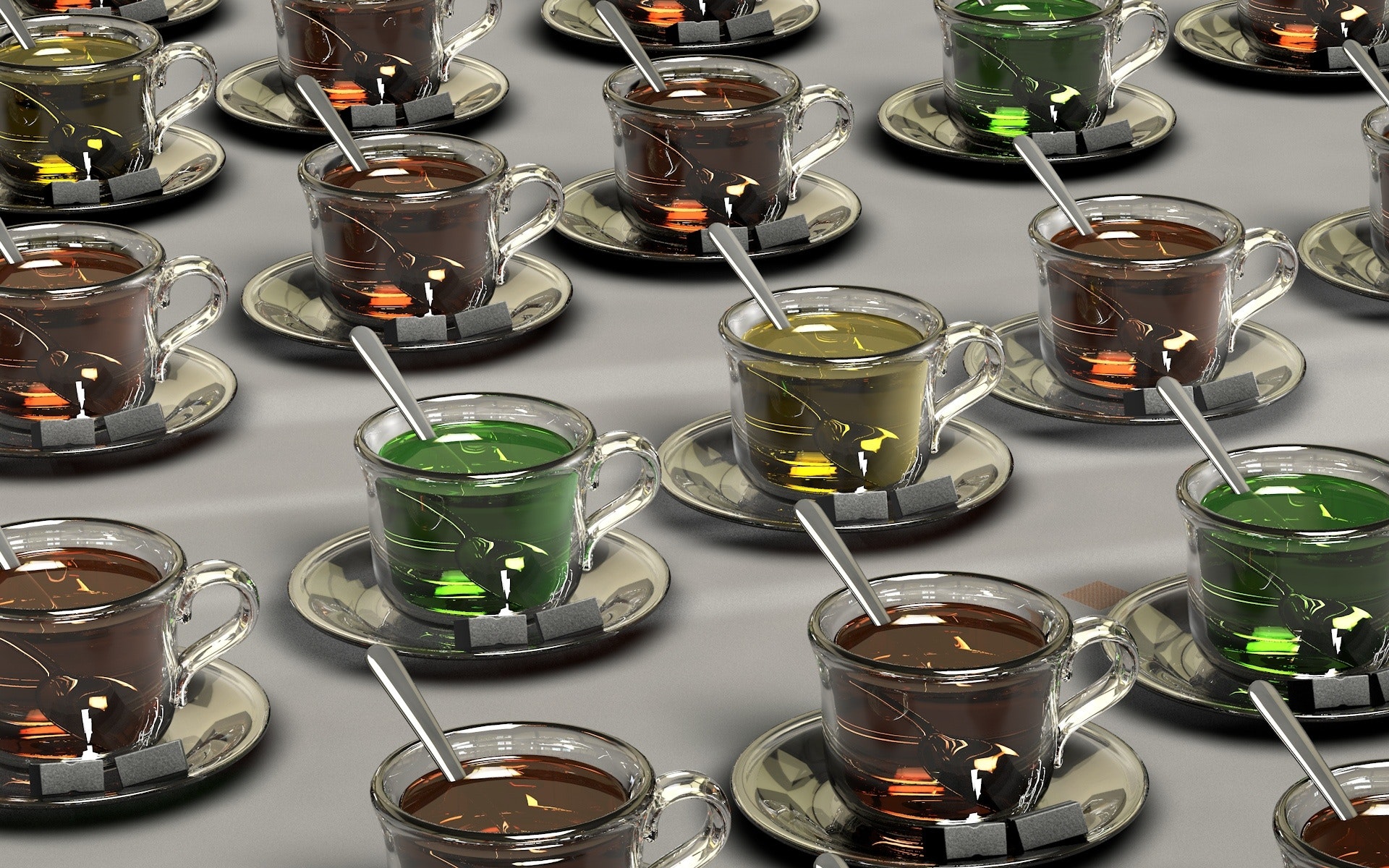As 70% of our body is water, all biochemical reactions take place inside the solution. Medical data shows that the daily need for humans is 40 grams of water per kilogram of body mass. When this dosage is significantly exceeded, the following effects may appear: oedema and water retention, chronic fatigue because of salt shortage or even kidney failure. Let’s take a moment to analyze this water intake advice.
Where does the “3 liters of water myth” come from?
This daily volume of liquid is recommended by physicians to satisfy the total amount of water needed for medical conditions which require increased fluid intake. Meanwhile, popular wellness and lifestyle bloggers tend to exclude from this amount not only the water in your soup, but from tea and coffee as well. Now that we’ve examined these conclusions on a general level, let’s take a closer examination with the help of science.
Do liquids differ for the body?
Inside our bodies, we constantly have osmotic pressure, which participates in the cells membranes water exchange. To be able to dilute the blood and other liquids, the incoming drinking water should have lower osmotic pressure compared to human osmotic pressure. Practically speaking, it means that only water with lower osmotic pressure is able to satisfy thirst.
Which drinks count?
When counting the dissolved matter of tea, coffee or clear soup, physicians win over the bloggers' recommendation: 95% of popular drinks have the right type of water for regular drinking. That means consuming water from food and drinks will also help the water exchange processes in cells. We don't count the extremes like when the amount of salt in your soup reaches the salinity of the sea or your tea becomes a 10% sweet water.
Therefore, among major obstacles for proper hydration are sweetened soft drinks. With all their sugar and acidity their osmotic pressure approaches the marginal level. This is the type of water-based beverage which will never relieve your thirst. So please, choose a more balanced hydration lifestyle by consuming less sweet drinks and less salted foods and allow your body to achieve an optimal water balance.

